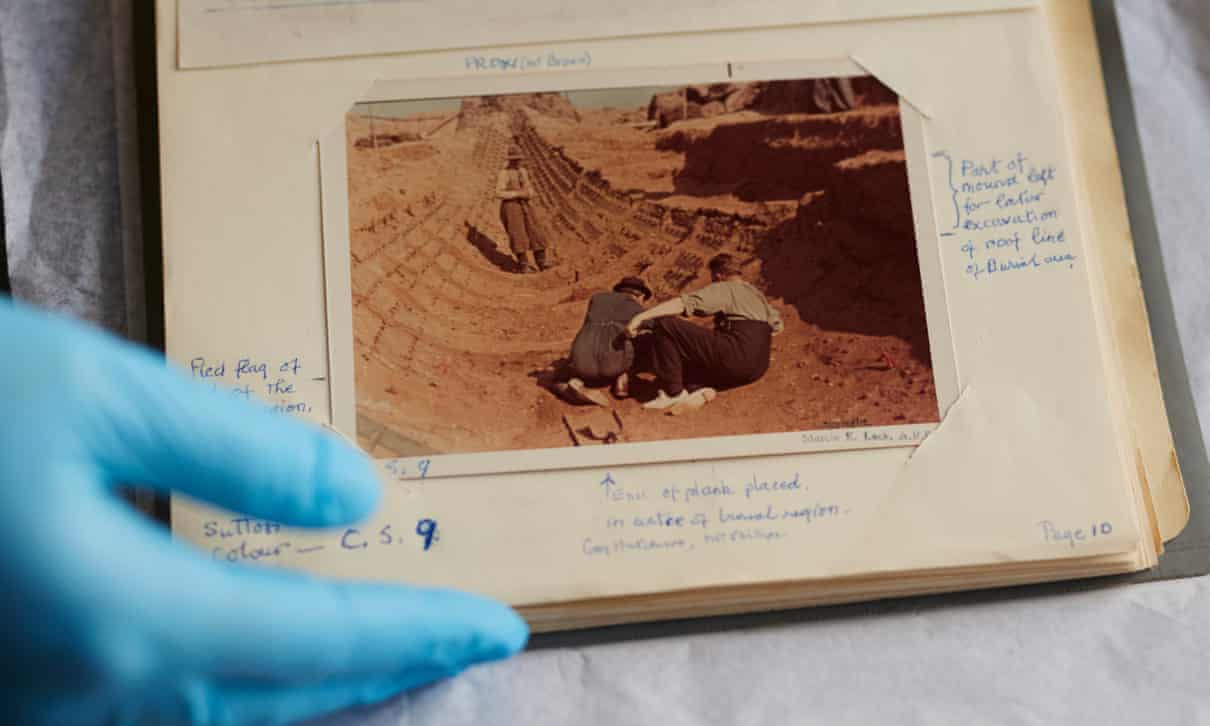Viking clothing was made of wool, linen, and animal hides, and for the wealthy, silk. Combs – which it seemed almost every Viking carried – were carved from antler, bone, ivory, and wood and often kept in their own cases. Jewelry of the upper class was fashioned from silver, gold, gemstones, and polished glass, but the lower class adorned themselves within their limits as well, using tin, lead, iron, and possibly copper. Shoes and boots were made of animal hide and without heels. Except for slaves, generally speaking, Scandinavians were well-dressed and took great pride in their personal appearance. They began each morning with a personal hygiene regimen, and Saturday was set aside for bathing and washing clothes; a practice the Anglo-Saxon chroniclers found both strange and objectionable.
Read the rest of this article...

